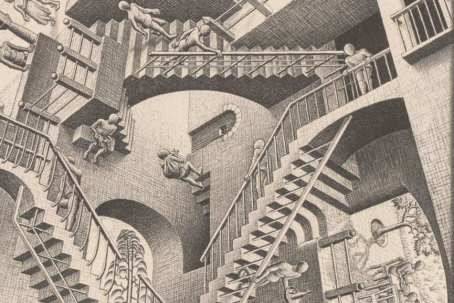The worlds of science and art may seem like distant realms with little in common, but upon closer inspection, their boundaries blur and intertwine in fascinating ways. From the intricate patterns of a snowflake to the swirling galaxies of deep space, science and art both seek to understand and interpret the mysteries of the universe. In this blog, we’ll explore the rich and dynamic relationship between science and art, uncovering the ways in which they inform, inspire, and enrich each other.
A Shared Pursuit of Knowledge and Creativity
At their core, science and art are both driven by a shared pursuit of knowledge, creativity, and exploration. While scientists seek to understand the natural world through observation, experimentation, and analysis, artists interpret and express their observations through visual, auditory, and tactile forms. Both disciplines require curiosity, imagination, and a willingness to question the status quo, pushing the boundaries of what is known and understood.
Inspiration from Nature
Nature serves as a boundless source of inspiration for both scientists and artists. From the intricate patterns of a seashell to the rhythmic undulations of a wave, the beauty and complexity of the natural world have long captivated the human imagination. Scientists draw inspiration from nature’s designs and processes, seeking to unravel its mysteries and apply its principles to solve practical problems. Similarly, artists draw on nature’s forms, colors, and textures to create evocative and expressive works that capture the essence of the natural world.
Visualization and Communication
Both science and art rely on visualization and communication to convey complex ideas and concepts to a broader audience. Scientists use diagrams, graphs, and illustrations to represent data and phenomena, making abstract concepts more accessible and understandable. Similarly, artists use imagery, symbolism, and metaphor to evoke emotions, provoke thought, and communicate ideas that transcend language and cultural barriers. Whether through a scientific diagram or a work of art, visualization serves as a powerful tool for conveying information and inspiring curiosity.
Exploring Boundaries and Interdisciplinary Collaboration
The intersection of science and art offers fertile ground for exploration and interdisciplinary collaboration. Scientists and artists alike are increasingly recognizing the value of cross-disciplinary exchange, seeking out opportunities to collaborate and exchange ideas. Whether through scientific illustration, data visualization, or multimedia installations, interdisciplinary collaborations foster innovation and creativity, pushing the boundaries of both fields and enriching our understanding of the world around us.
Cultural Reflection and Critique
Art has the power to reflect and critique the social, political, and ethical dimensions of scientific advancement. Artists often use their work to interrogate the implications of scientific discoveries and technological innovations, raising questions about ethics, identity, and the human condition. From dystopian visions of the future to explorations of bioethics and environmental sustainability, art serves as a catalyst for dialogue and reflection on the broader implications of scientific progress.
Celebrating Diversity and Complexity
Science and art celebrate the diversity and complexity of human experience, offering unique perspectives on the world and our place within it. Whether through the lens of a microscope or the stroke of a paintbrush, both disciplines reveal the beauty and wonder of the universe, inviting us to contemplate our existence and our interconnectedness with the natural world. By embracing the intersections of science and art, we enrich our lives and deepen our appreciation for the infinite possibilities of human creativity and discovery.
Conclusion
The relationship between science and art is a rich and multifaceted tapestry that weaves together the threads of creativity, curiosity, and exploration. From the microscopic world of cells and molecules to the vast expanse of the cosmos, science and art offer complementary ways of understanding and interpreting the complexities of existence. By embracing the intersections of science and art, we open ourselves to new perspectives, insights, and possibilities, enriching our lives and expanding our horizons in ways both profound and transformative.




